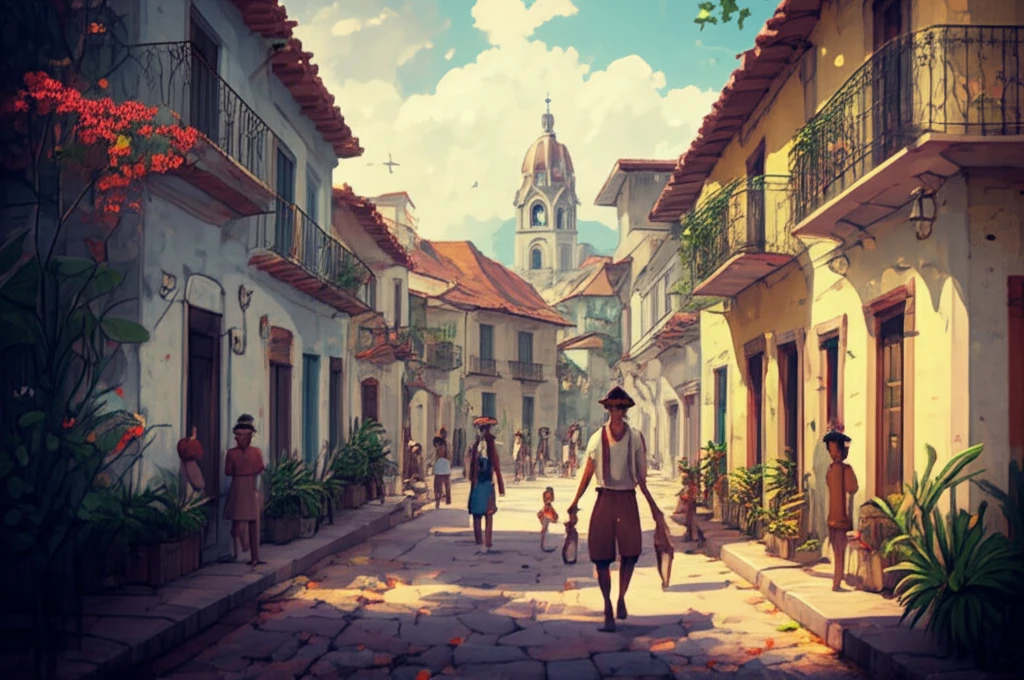
Unearthing the Past: How Indigenous Identity Shaped 19th-Century Colombia
"Exploring the complexities of indigenous identity, nationhood, and social change in the Colombian Caribbean."
In the 19th century, Colombia's elites, authorities, and intellectuals grappled with a fundamental question: What does it mean to be indigenous? The answers carried significant political and institutional weight, especially in regions like the Colombian Caribbean, where integration between indigenous communities and the broader society had been occurring since the early colonial period. According to census data from 1777-1778, over 18% of the population in the province of Cartagena identified as indigenous.
Even as late as 1912, a census focusing solely on the male population indicated that 6.5% of men in the departments of Bolívar (excluding San Andrés and Providencia archipelago) and Atlántico were indigenous. Adjusting for a similar percentage of women, the total could reach approximately 13%. These figures challenge historical narratives that suggest the disappearance or insignificance of indigenous communities during the early Republican era. This prompts a reevaluation of Colombia’s social and ethnic composition.
Understanding indigenous identity requires examining how political figures and intellectuals represented indigenous people in the early Republic, the identity manipulations employed by indigenous communities, and the unique aspects of agrarian communities often overlooked in mainstream depictions. This study argues that in the latter half of the 19th century, indigenous identity in the Bolívar Grande region was caught in a tension that gradually eroded it. This tension arose from the ideology of mestizaje, the desire to create a unified national identity, and the ambivalence of authorities toward recognizing indigenous communities.
The Shifting Sands of Identity: From Colony to Republic

During the early colonial period, the term 'indios' was used to categorize the native peoples of the Americas, facilitating both interaction and subordination. This label created a sense of 'otherness,' oscillating between acknowledging diverse cultures and imposing homogeneity. Over time, native populations assimilated this designation while adapting to the control of colonizers, leading to the formation of new identities where subordination became a core element. Subalternity shaped their language and narratives, influenced by the dominant discourse but adapted to express indigenous agency.
- Phenotype: Physical appearance was a key marker.
- Culture: Customs, traditions, and social practices distinguished indigenous communities.
- Legal and Political Status: This was determined by the abolishment of encomiendas and the establishment of resguardos.
- Resguardos: These transformed indigenous villages into political entities within the monarchy.
A Legacy of Negotiation and Resistance
Throughout the 19th century, indigenous identity in the Colombian Caribbean was a dynamic negotiation between state impositions, elite interests, and indigenous agency. By understanding the historical interplay of tribute, phenotype, and genealogy, we gain insight into the complexities of nation-building and the enduring legacy of indigenous communities in shaping Colombian society. This deeper exploration challenges simplistic narratives of disappearance or assimilation, emphasizing the continuous adaptation and resistance of indigenous peoples in the face of evolving political and social landscapes.
